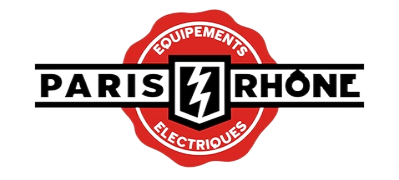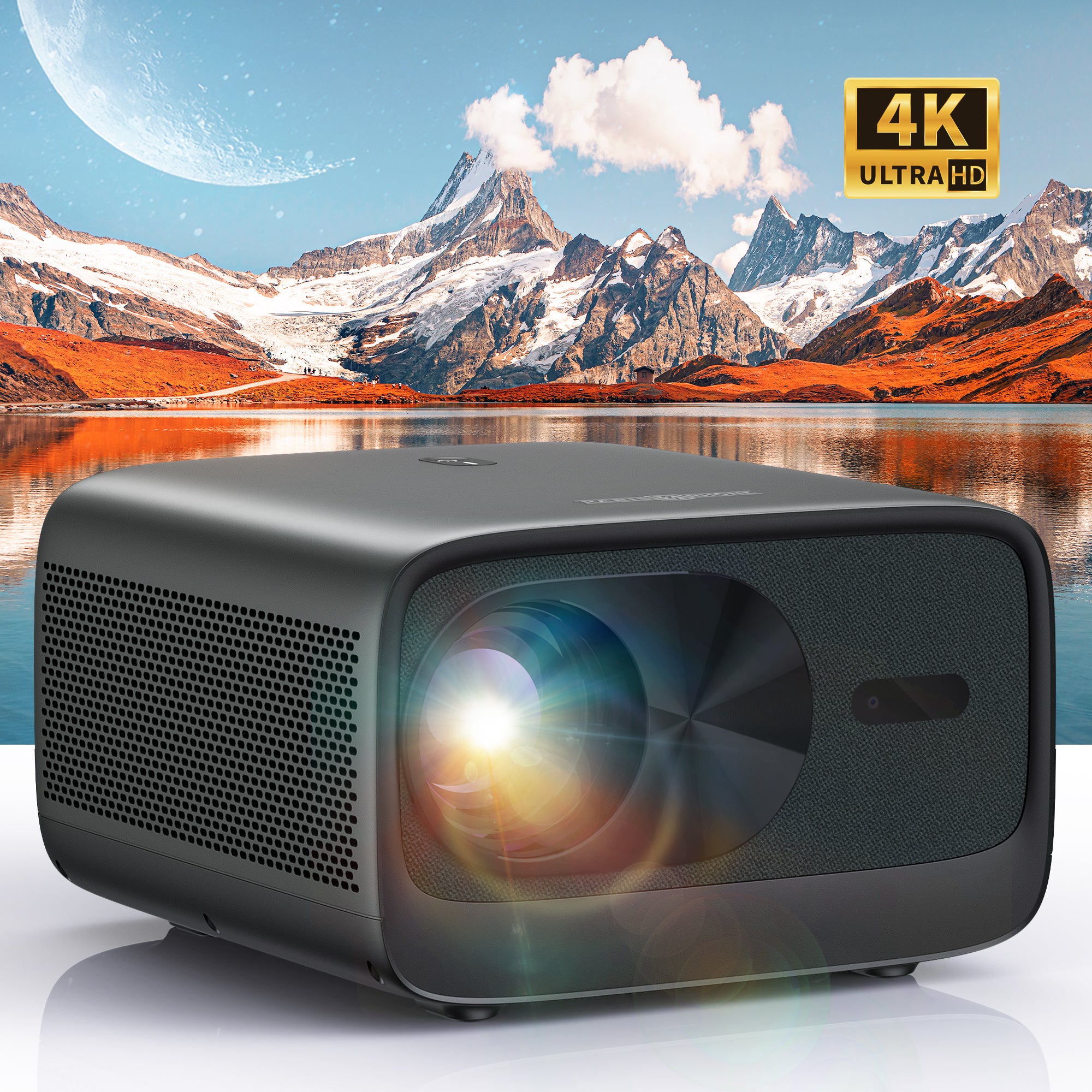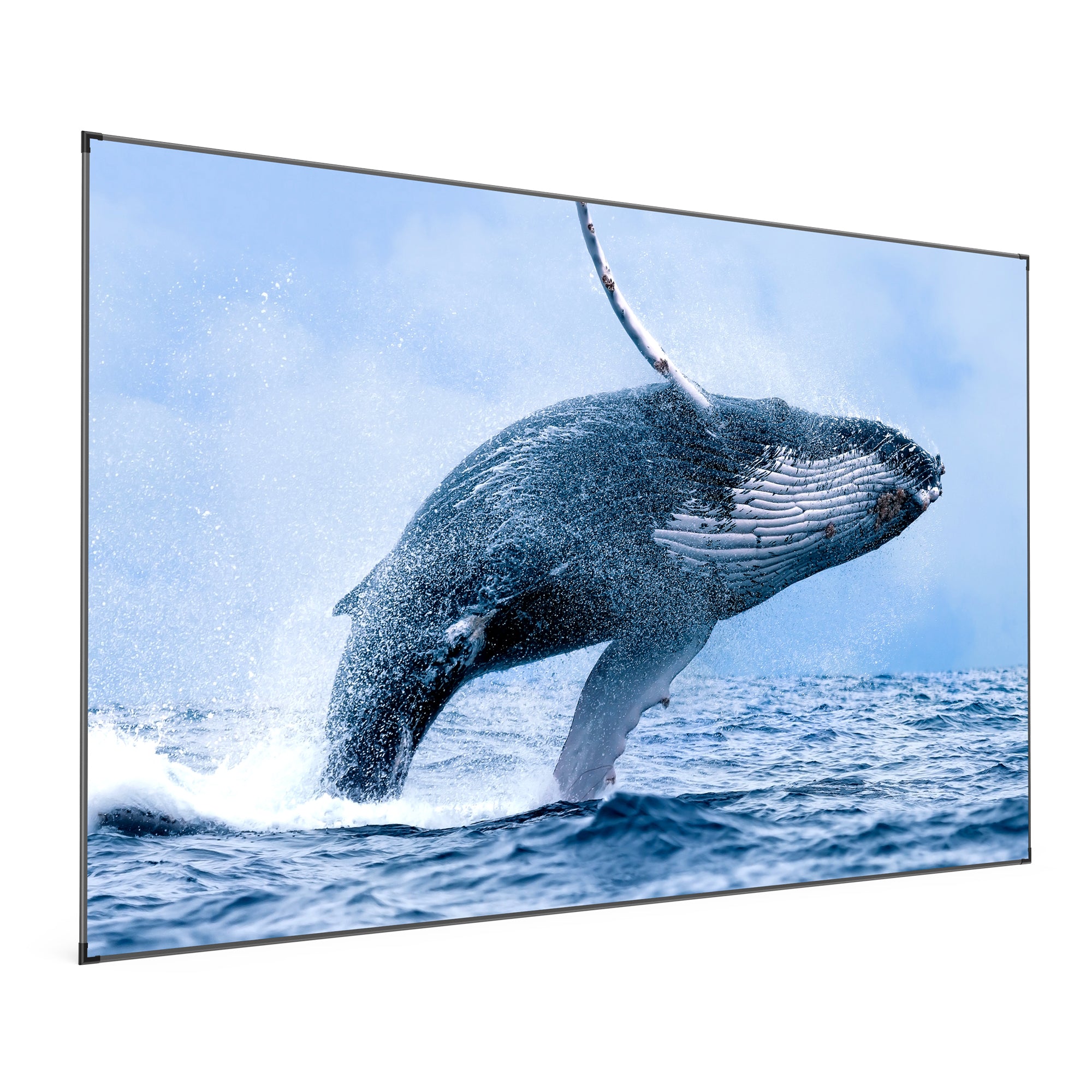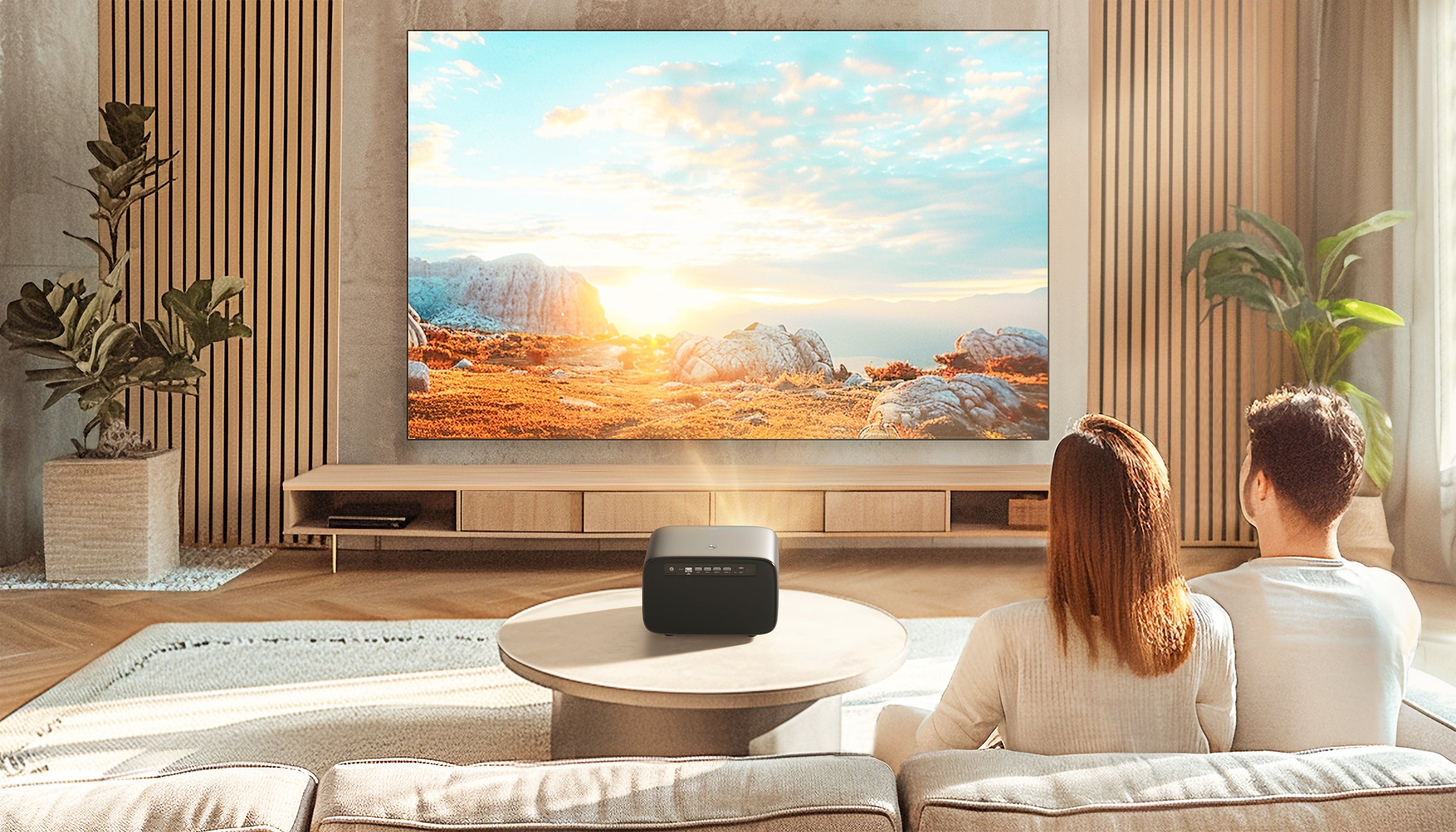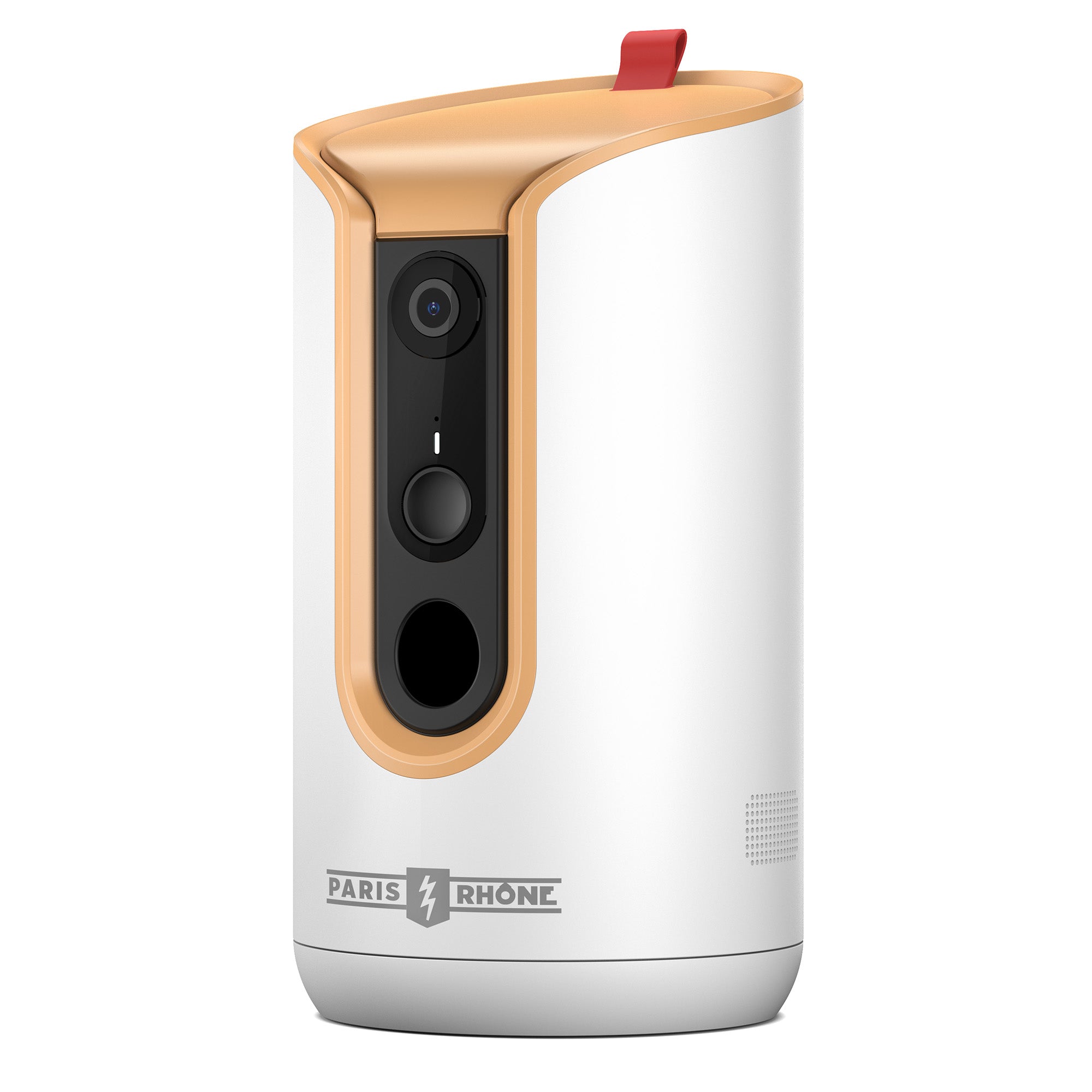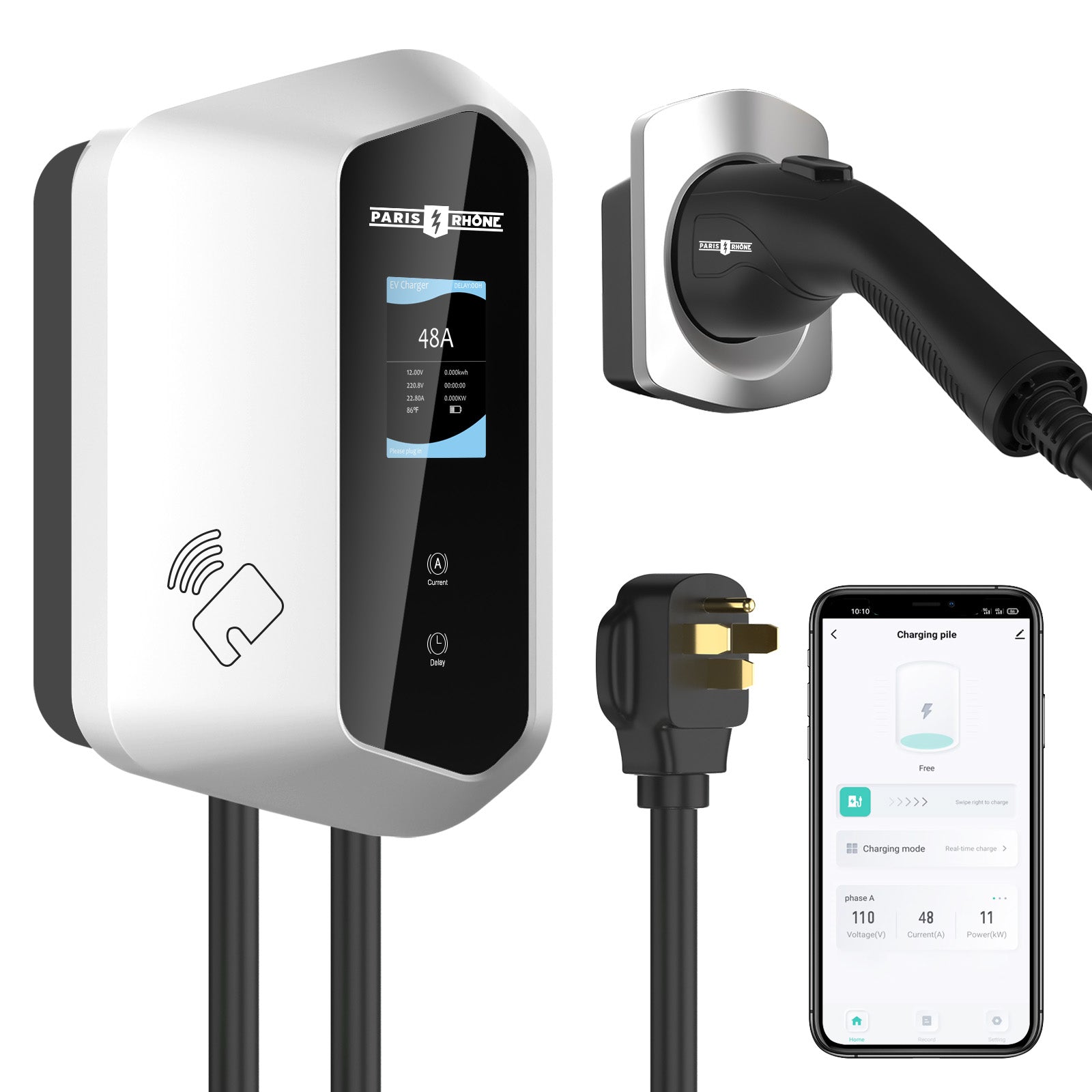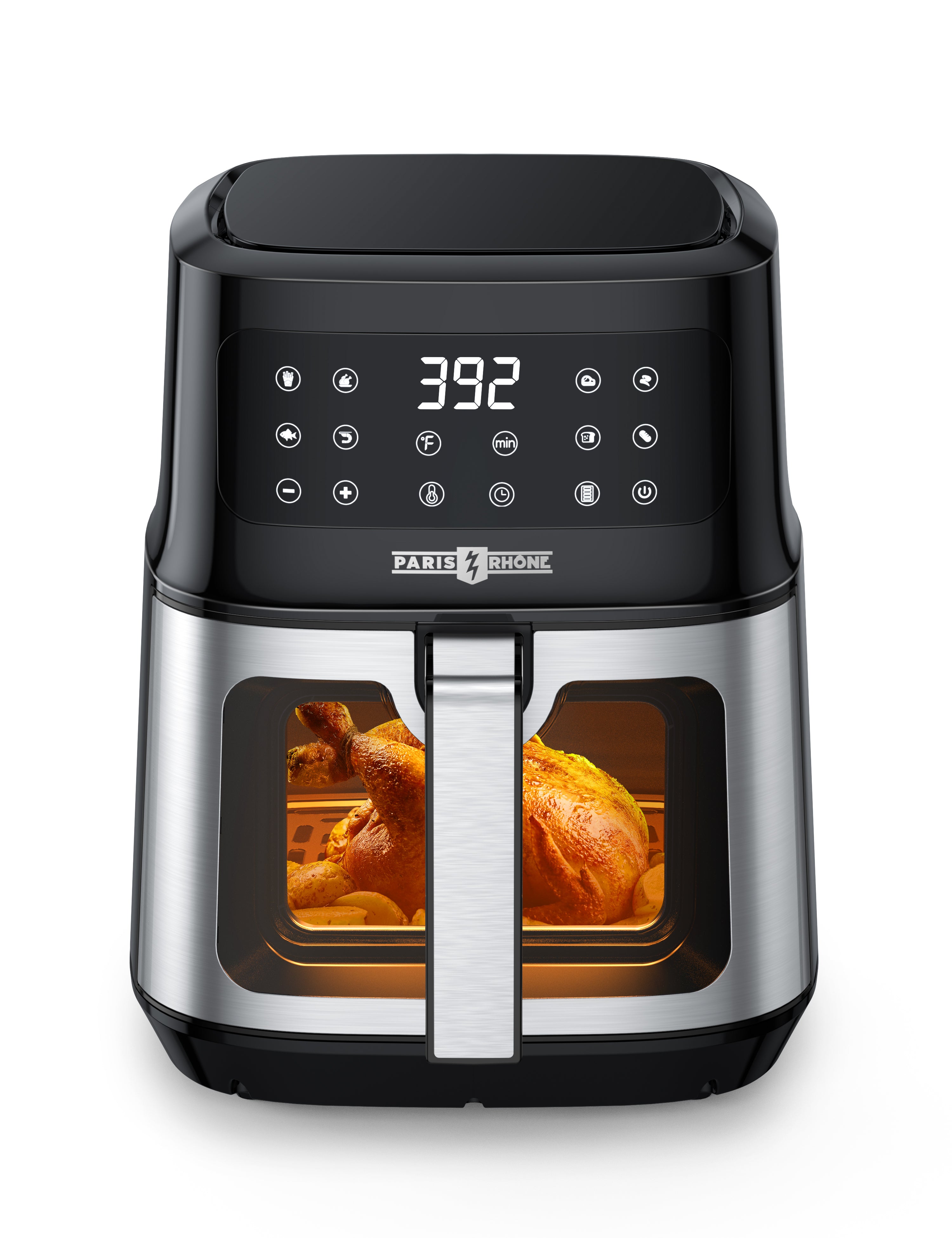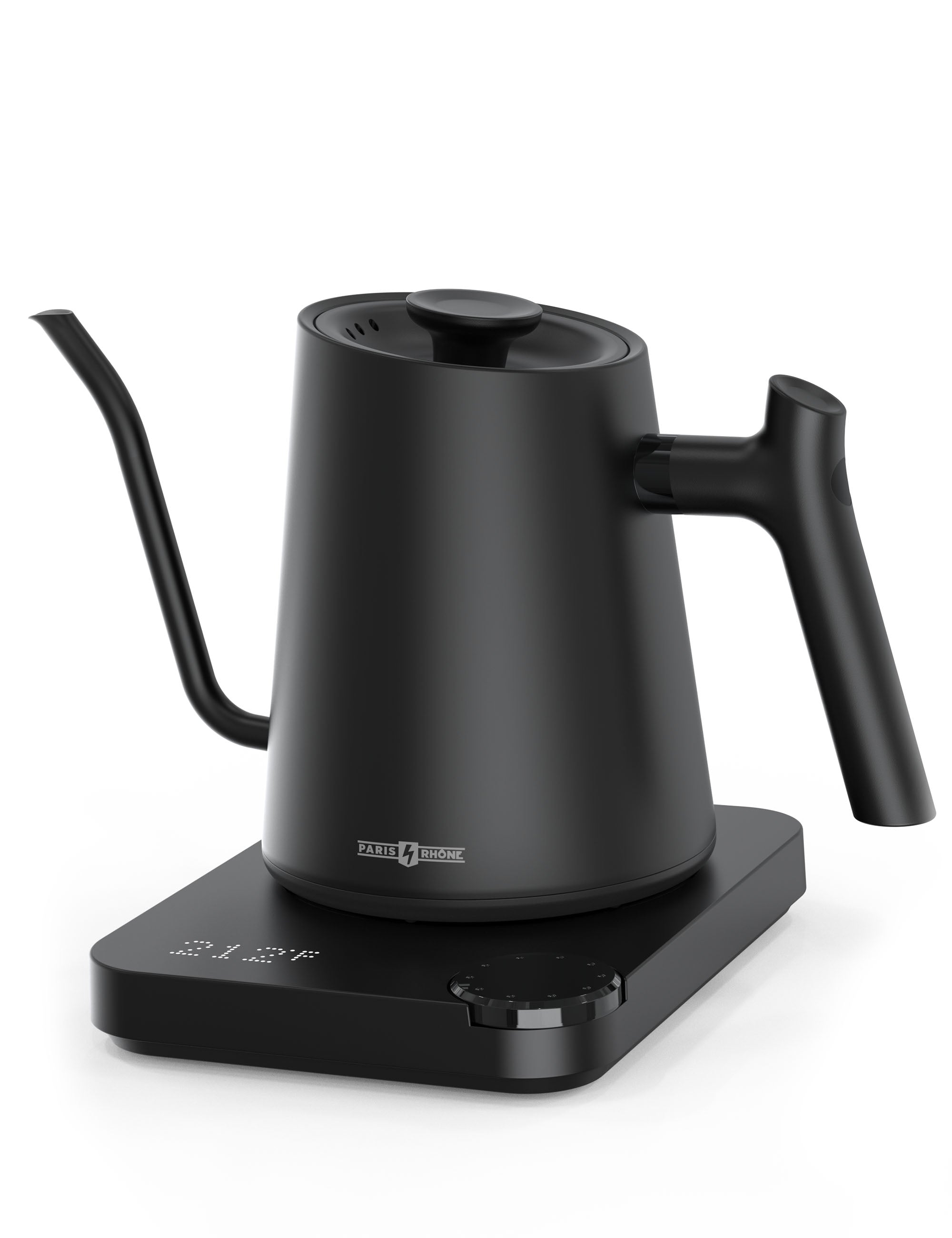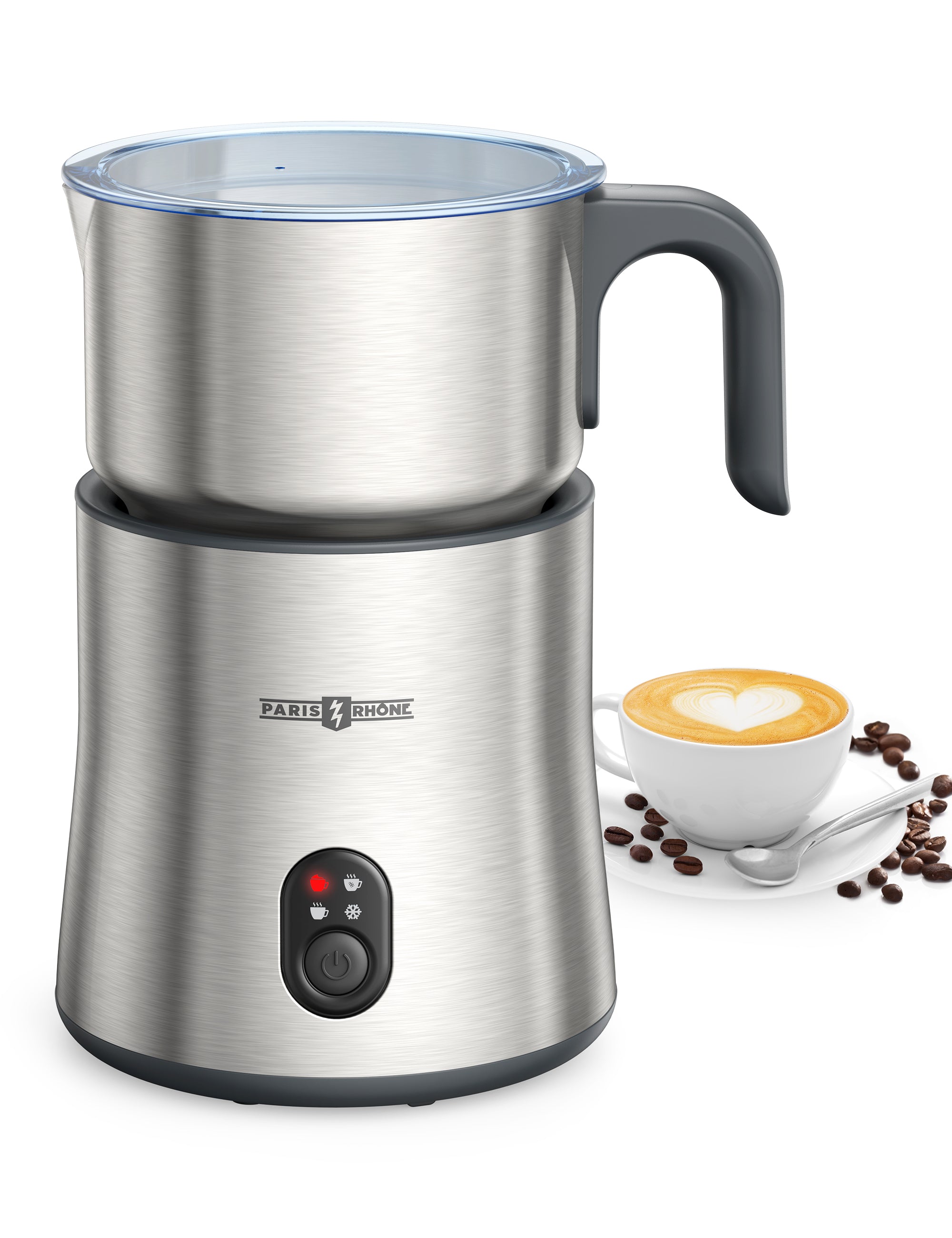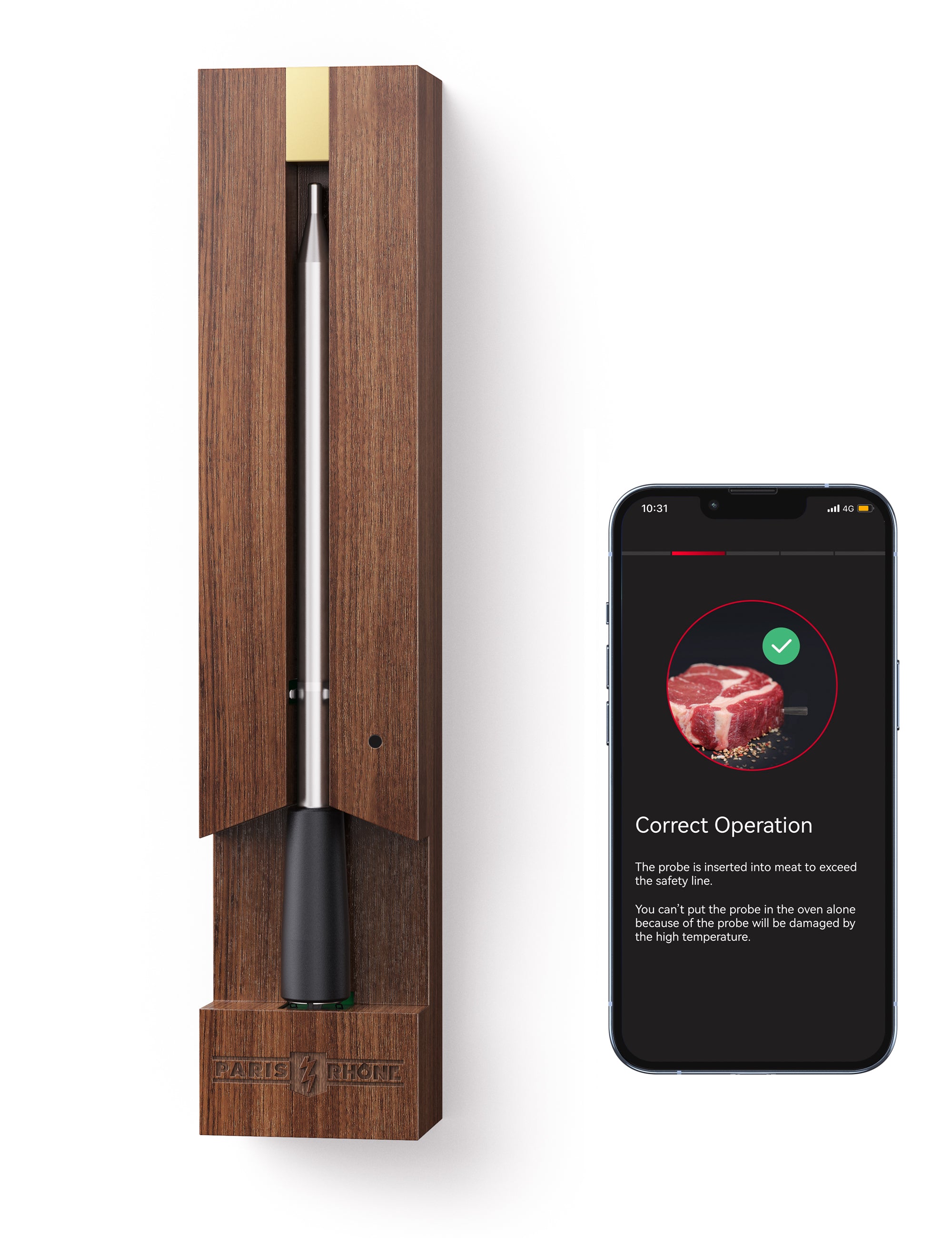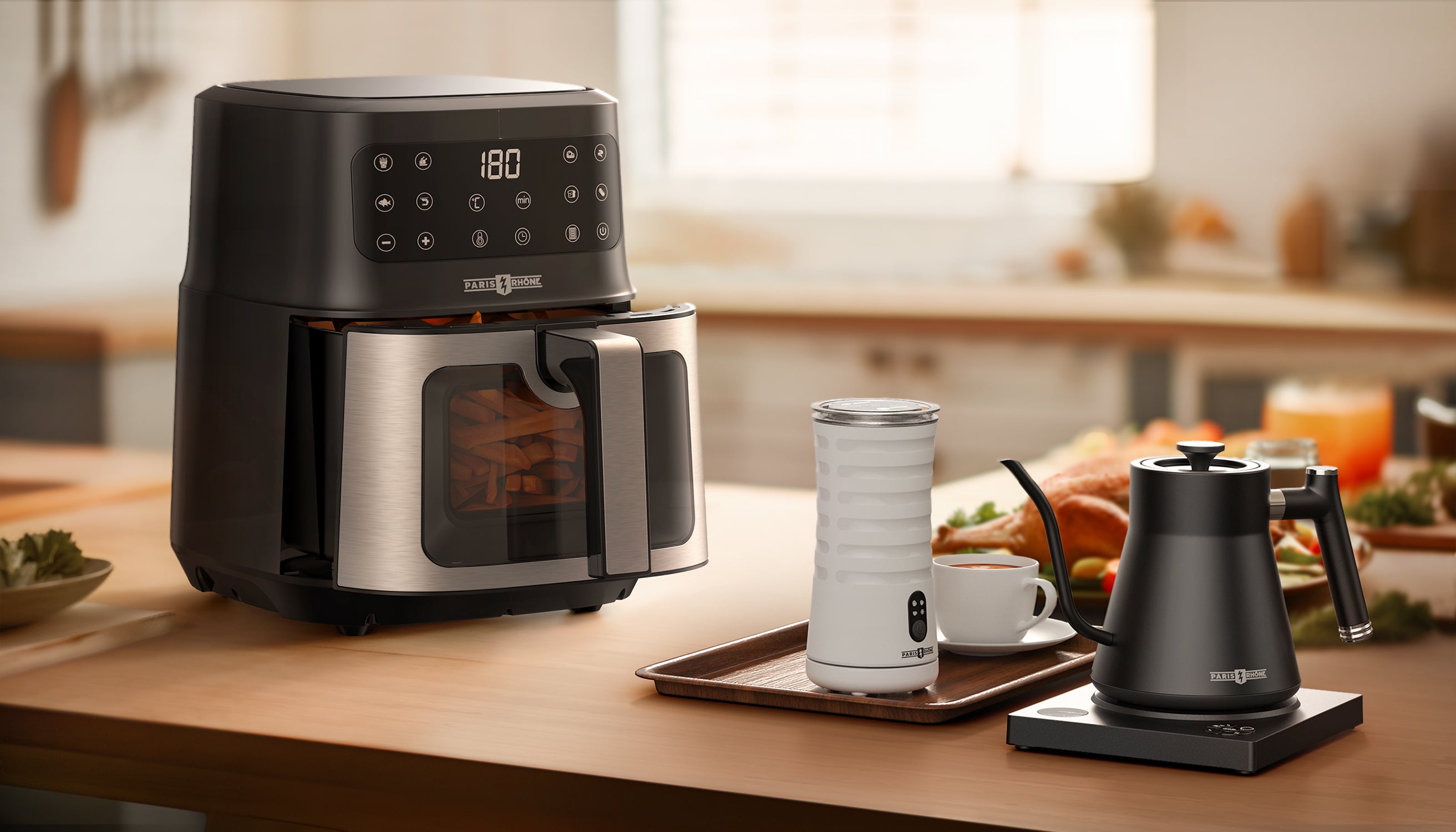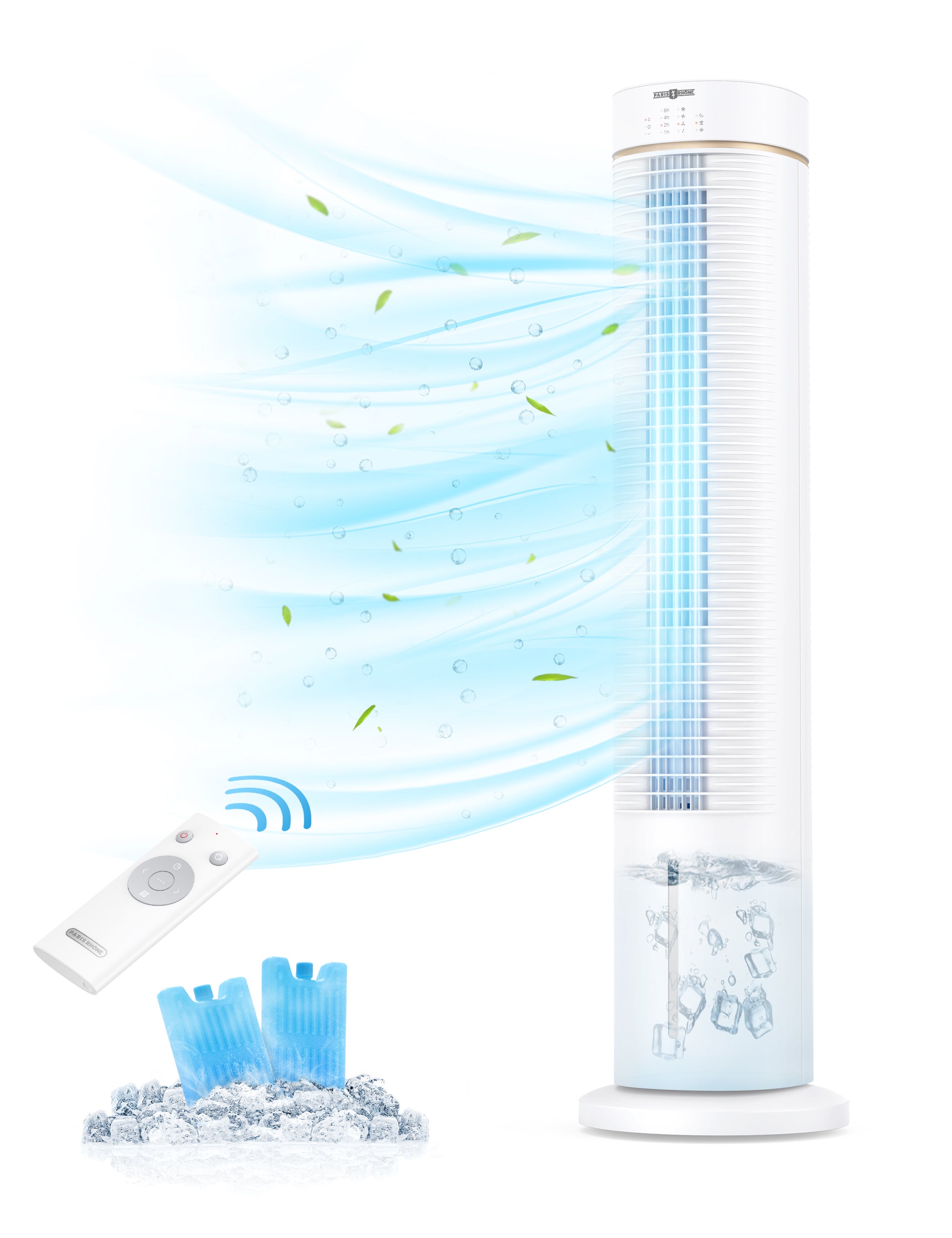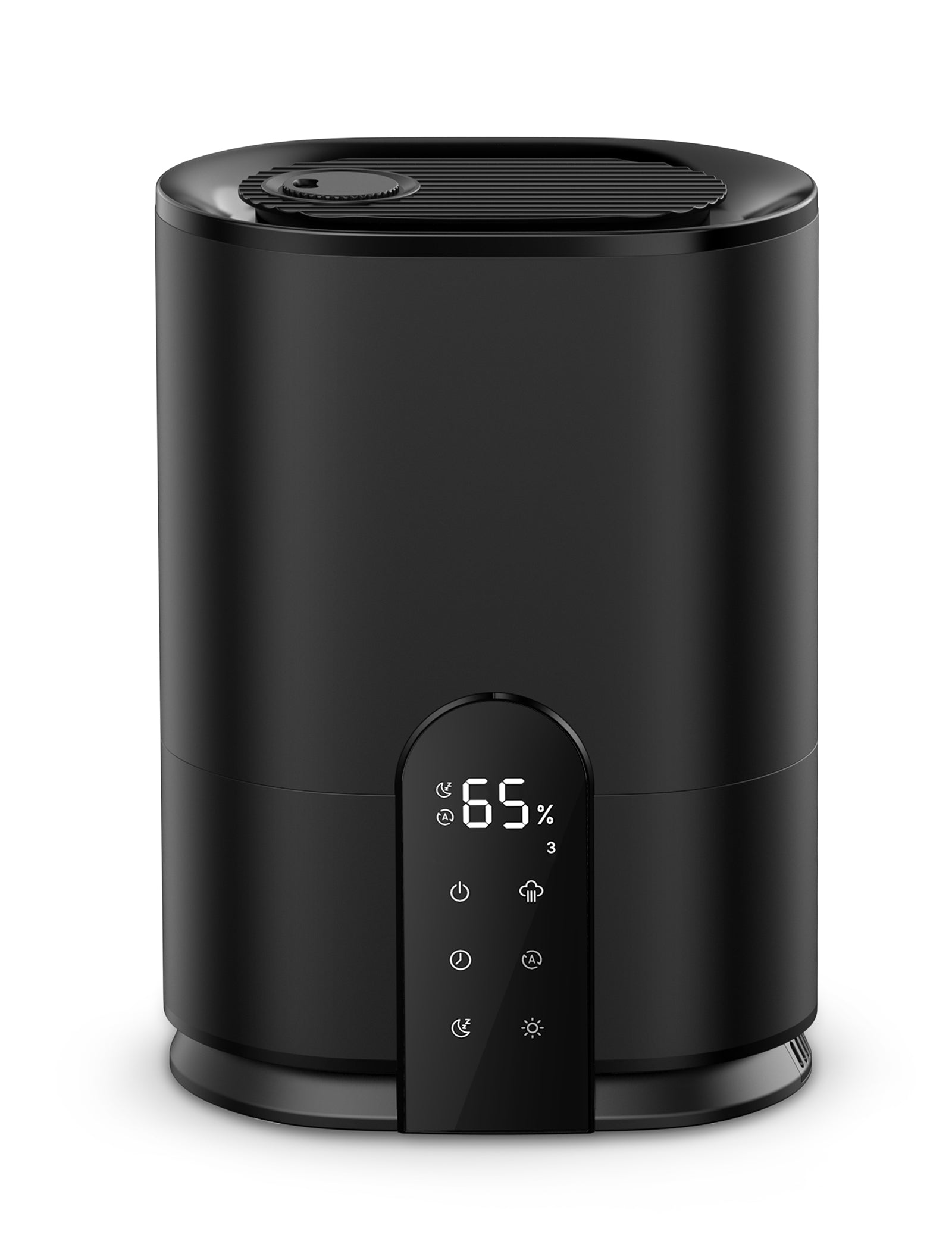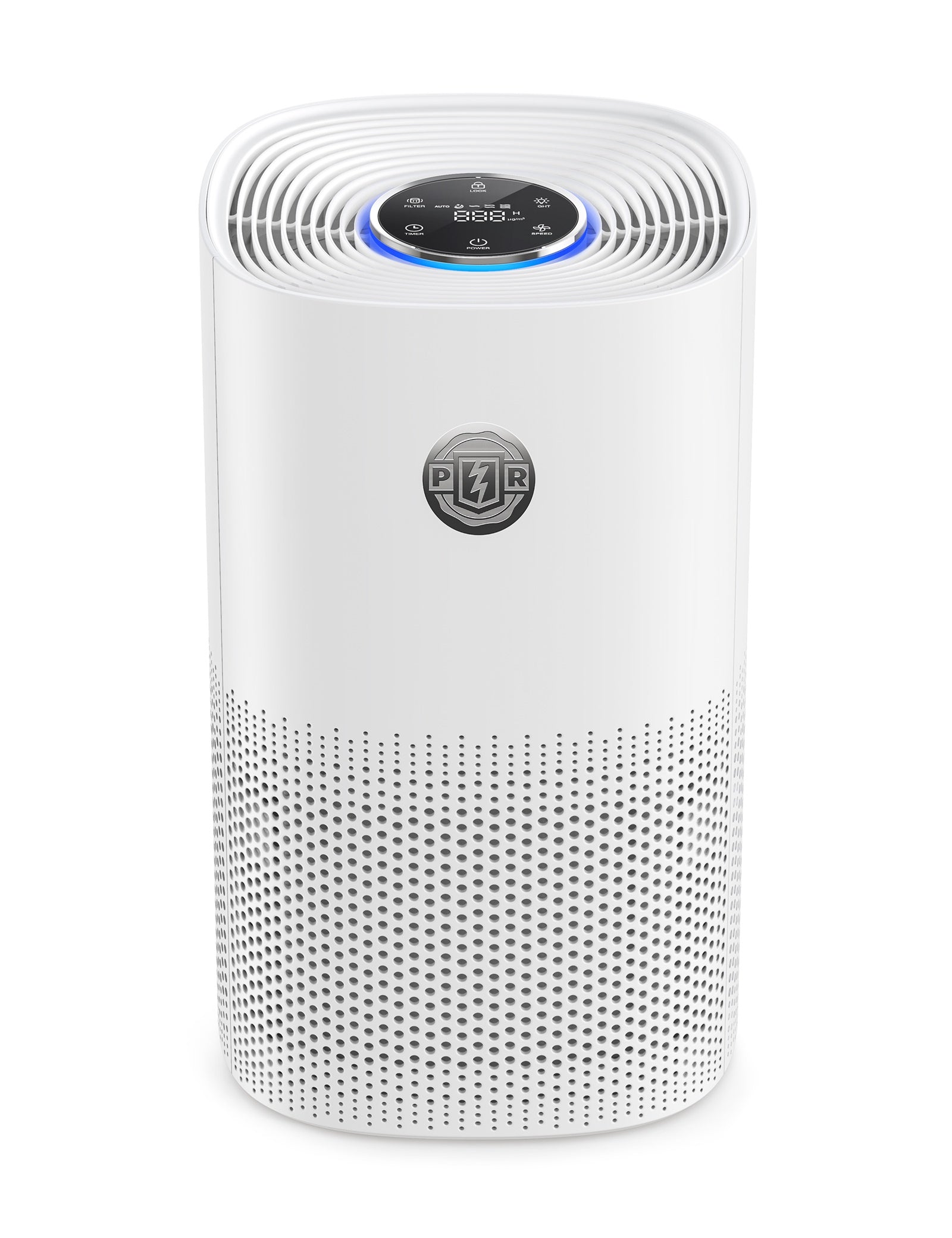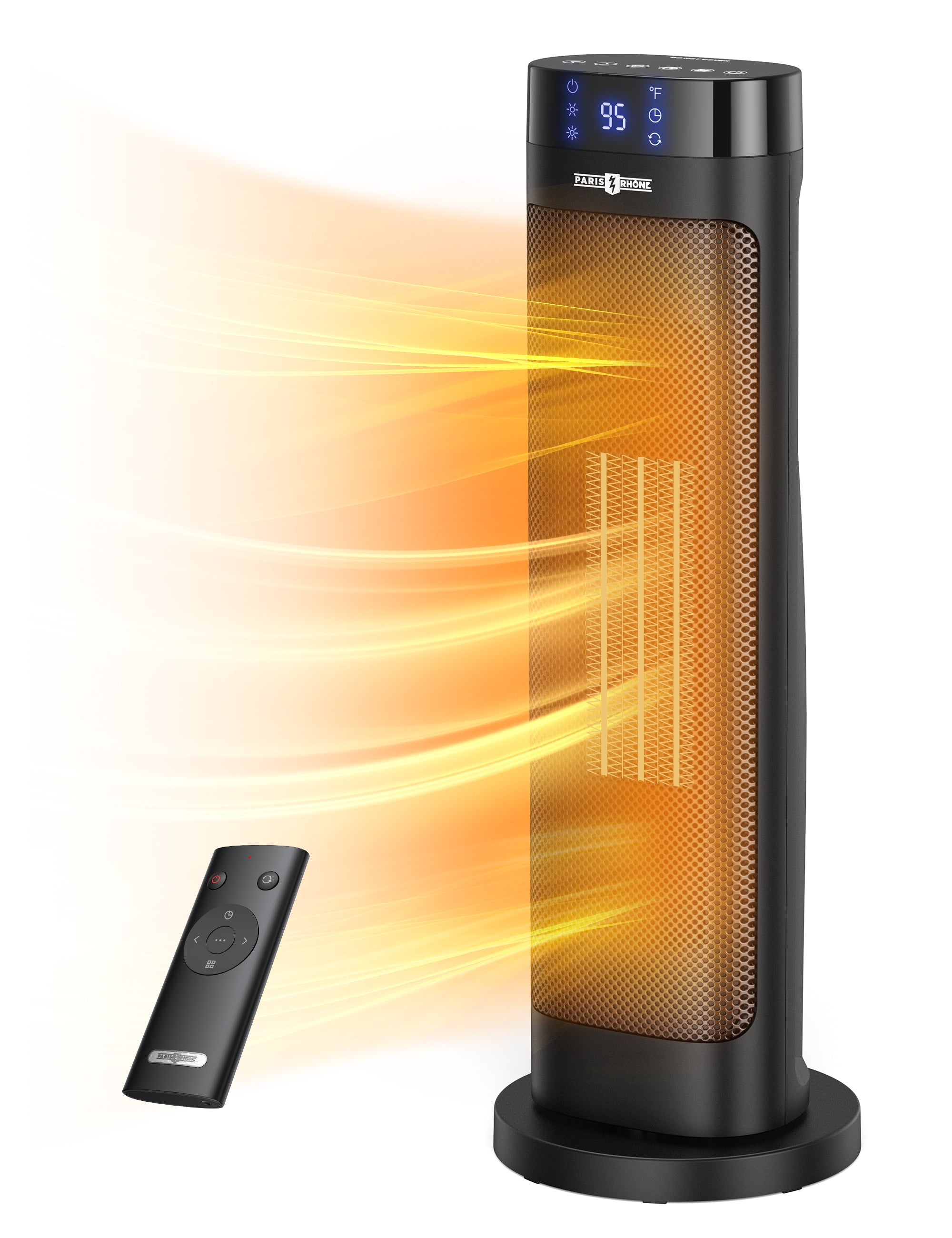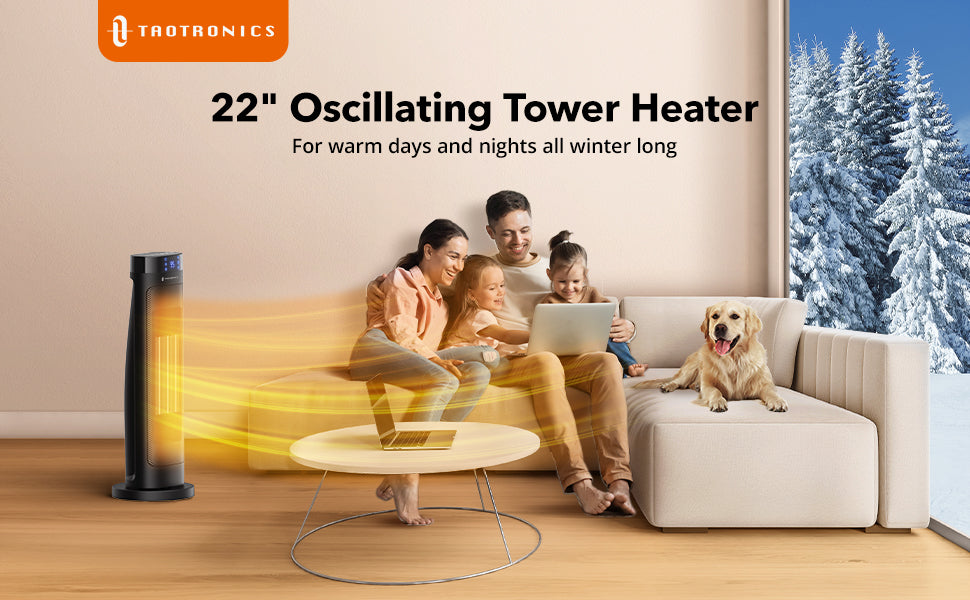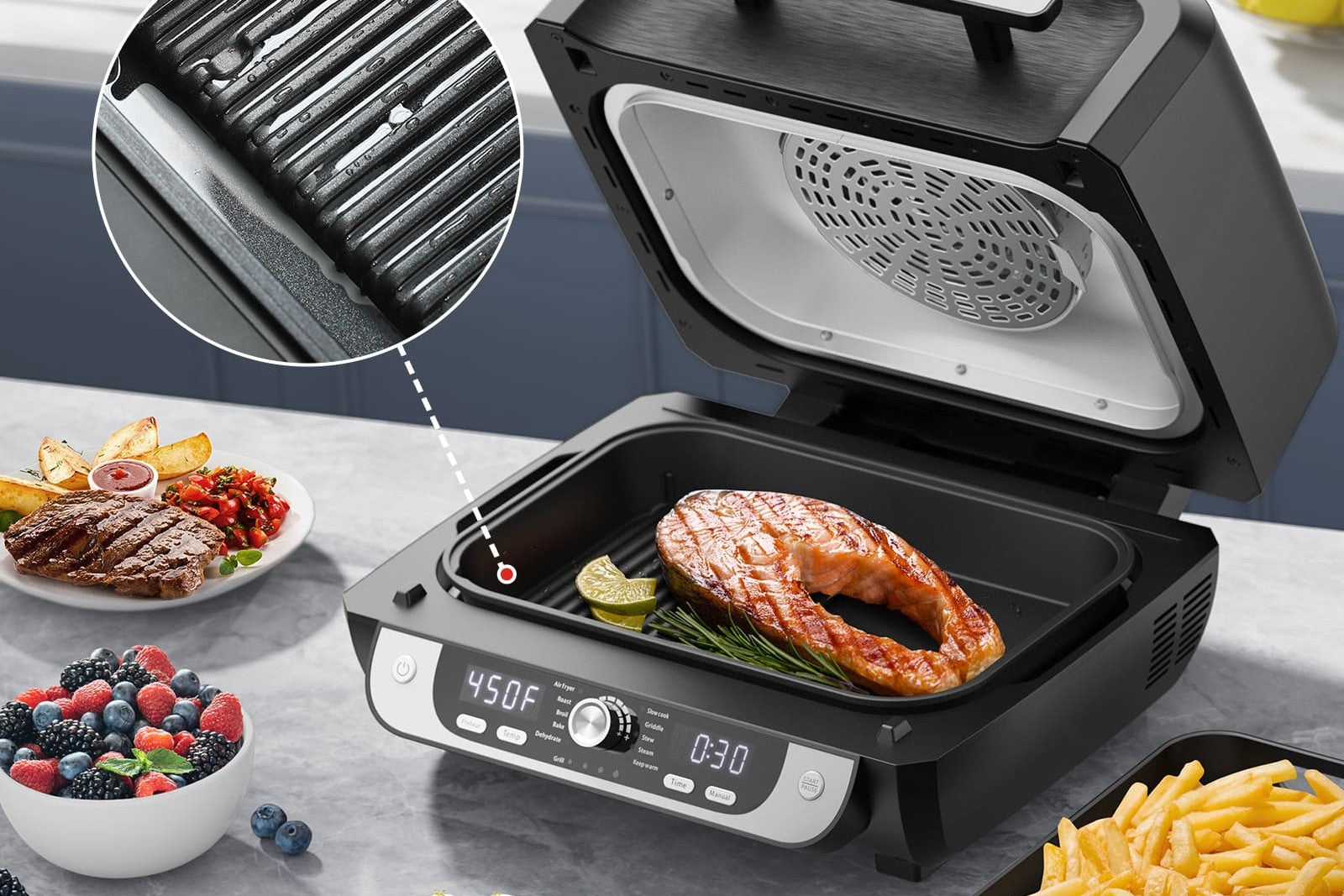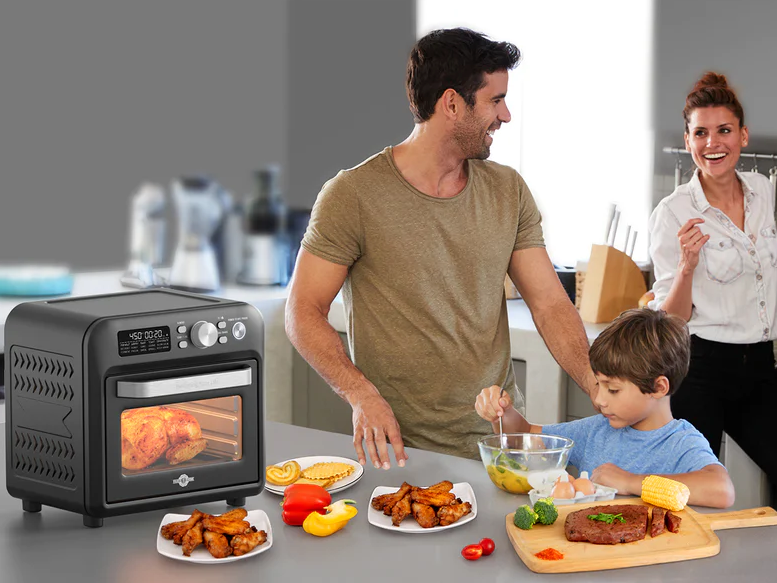It's crucial to keep your home cool and pleasant during the summer because the heat may be excruciating. It can be challenging to choose the best cooling fan with the variety on the market. The blog fills this role. You can find all the information you require in our guide to help you choose a cooling fan wisely.
We'll discuss the different kinds of available fans, crucial qualities to look for, cost factors, and other practical elements. After reading this simple-to-follow guide, you will have all the knowledge necessary to select the ideal cooling fan for your requirements. Let's get right in and get going!
Types of Cooling Fans
Feeling cool and comfortable in your own home during the summer months is no luxury - it's a necessity. And only the right fans can save you from the heat, keeping you cool, refreshed, and energized all season long.
But with so many fan options, how do you choose the one that best cools your space? The answer lies in understanding the different types available and their strengths:
Tower fans
Tower fans are a simple yet versatile solution for beating the summer heat in large spaces like bedrooms and living rooms. Their tall column design produces an omnidirectional breeze that fills the whole room, circulating conditioned air from floor to ceiling.
The key to their effectiveness lies in their vertical form. This shape allows the fan head to oscillate easily from left to right, distributing air evenly throughout the space. Multiple speed settings give you fine-grained control over the amount of airflow produced. From a light circulatory breeze to a strong cooling wind, tower fans adapt to suit your comfort needs.
As the air stream flows out in all directions from an elevated central position, tower fans ensure that no corners of the room go undercooled. The air gently washes over you, keeping all parts of your body at an ideal temperature. Their placement is also versatile, with flexible positioning options to suit a room's layout.
Pedestal Fans
Pedestal fans have weighted bases that keep them stable even at high speeds, making them perfect for personal cooling. Their vertical design focuses airflow on a single spot, so they work well in smaller rooms and areas like home offices, kitchens, and porches.
Ceiling Fans
Ceiling fans circulate air silently and uniformly throughout an entire room. They're a smart, long-term investment if you want constant airflow with minimal noise and fuss. Just be prepared for a semi-permanent installation. Additionally, ceiling fans can be installed at a certain height (depending on wall requirements), enabling widespread air circulation across the entire indoor space.
Desk Fans
Desk fans are smaller and more portable, making them perfect for individual use. They are ideal for placing on desks or tables, whether in an office or while doing homework. They are very convenient and flexible to use. Typically, desk fans come with clips so that you can secure them onto various surfaces. Desk fans are the most budget-friendly type of fan, making them a great choice if you have limited funds.
How Much Will a Good Quality Cooling Fan Cost?

Fans offer an affordable way to stay cool, but high-end models can cost several hundred dollars. Here's how to spot a good value:
- Check the weight. In general, heavier fans last longer. Heavier bases and motor housings mean sturdier parts that can withstand years of use.
- Consider the motor. More powerful motors with higher CFM (cubic feet per minute) ratings move more air overall. These engines tend to cost more but perform better during long run times.
- Examine the blades. Fans with aerodynamically-designed blades made of reinforced materials perform more efficiently. While aesthetics matter, the function should take priority.
- Evaluate features. Remotes, timers, and sleep modes enhance convenience but add to the price tag. Weigh if these "bells and whistles" are worth the extra cost for you.
- Compare ratings. Look at online reviews and "best of" lists to see how different fans stack up against each other. Performance usually correlates with price.
- Match the fan type to your space. Small desk fans suffice for one person, whereas large tower fans are needed for whole rooms.
Fans between $50-$200 provide sufficient quality for medium to large rooms without wasting money. But inexpensive options under $50 still cool smaller areas well.
So focus on weight, motor, blade design, and ratings - not just the price tag - to spot fans that will keep their cool over time. Avoid overspending by understanding your needs first, then zeroing in on features that matter most without paying extra for "perks" you don't really require. With this targeted approach, you'll find affordable yet efficient cooling for any space.
Which Fan is Best for You?

Which cooling fan is right for you in the Tower, pedestal, ceiling, or desk? Much depends on your unique situation and requirements. Here are some common scenarios with fan recommendations:
- If you want to cool a large open living room: A tower fan is your best option. Its tall column design provides wide airflow reaching every room corner. Opt for a quiet yet powerful model with oscillation for full coverage. Additionally, even when using an air conditioning system, incorporating a tower fan can enhance the cooling effect and create a more comfortable environment for occupants.
- If you need targeted personal cooling: A pedestal or desktop fan excels at filling a small space with focused airflow. Either style aims for a concentrated breeze right where you need it most. Consider portable personal fans for total positioning flexibility.
- If you want constant circulation in a medium-sized room: A ceiling fan with 3-5 downward-facing blades creates an efficient vortex of air that reaches floor level. Quality models offer features like reversible blades for summer/winter and multiple speeds for precise airflow.
- If you need cooling at a workspace or reading area: A compact desktop fan sits neatly on a table or desk, blowing a cooling breeze directly at you while you work or relax. Telescopic masts, pivoting heads, and multistage speeds provide optimal personal comfort.
A tower fan remains the best all-around choice for filling entire rooms with conditioned air. But for spot cooling, targeted relief, and permanent installation, consider pedestal, ceiling, or desktop fans tailored to your unique needs. By envisioning how you'll use the fan - where, when, and for how long - you can zero in on the ideal style to keep you comfortable all season long.
Conclusion
In short, choosing the right fan for your space boils down to three factors: the size of your cooling area, your priorities for features and controls, and the kind of cooling experience you want - wide airflow or spot relief. By considering these essential requirements first, then evaluating the pros and cons of different fan types, you can zero in on an affordable and efficient cooling companion that genuinely helps you stay comfortable all summer.
Follow these guidelines to find a perfect match between fan and lifestyle - one that keeps the heat at bay without demanding much thought of its own.
